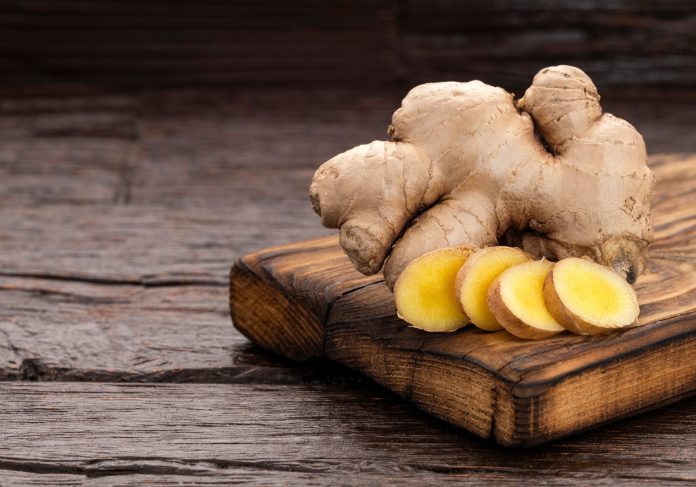The UK spice market is worth £54 million a year, and most of it is imported. From heritage biscuits to hydroponic ginger, Alastair Hawken is on a mission to prove Britain can be a spice grower as well as a spice lover.
Hawkens Gingerbread was founded in 2009 when I discovered that Grantham Gingerbread – England’s oldest biscuit recipe – had vanished from production.
I was determined to revive this piece of British culinary heritage and made a big career shift. Despite no background in baking or food manufacturing, I traded my 20-year career as a BBC and ITV broadcaster for the bakery, perfecting the historic recipe.
I established the business in a repurposed Salvation Army citadel in Grantham, Lincolnshire and my vision and dedication, thankfully, paid off. Before long, our gingerbread was on the shelves of prestigious retailers like Selfridges and the National Trust. We have also exported the delights of our quintessentially British gingerbread to Germany.
We’ve grown from strength-to-strength from there; this year marks a major exporting milestone with our launch into 6,000 TJX stores across the USA, Canada, and Australia.
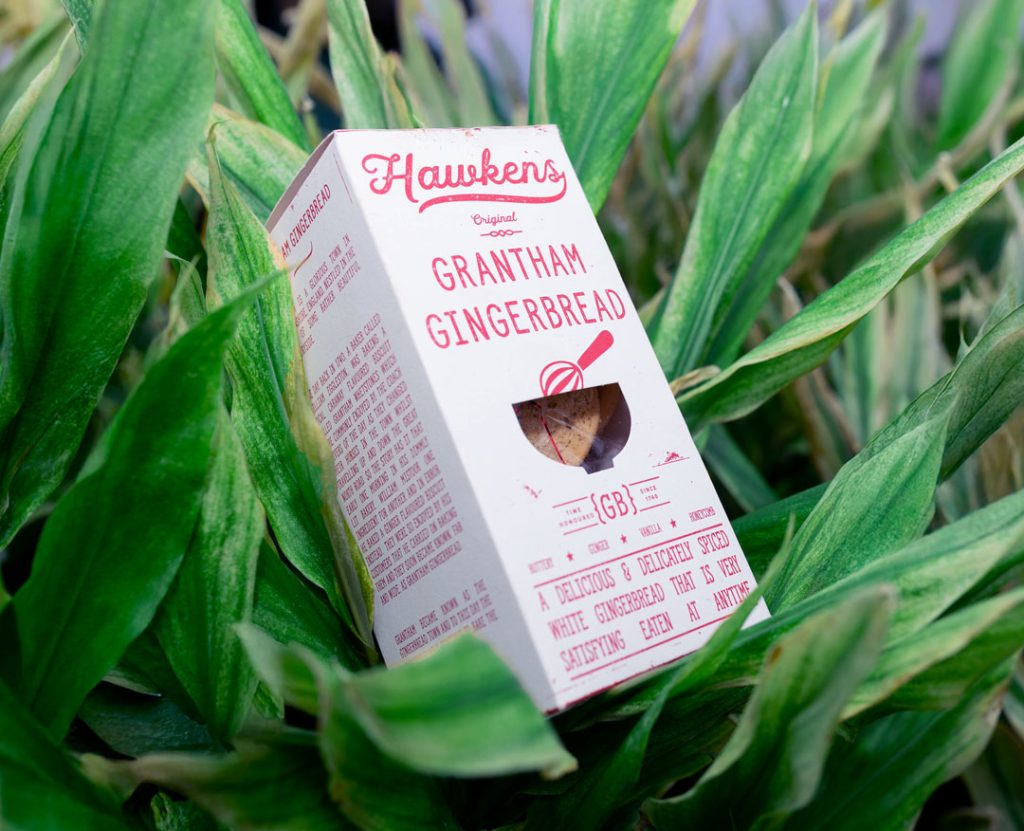
The concept of UK-produced spice
The aspiration to become the UK’s most sustainable biscuit brand originated around three years ago. From there, I realised that the only way I could really achieve that was to produce our own spices in the UK, which had never been done before.
The concept was straightforward; execution was anything but. The breakthrough came when I attended the Government-funded Help to Grow: Management Course at Nottingham Trent University’s Business School. Stepping back from day-to-day operations gave me the much-needed space to explore diversification and routes to sustainability seriously. It was there I found the courage and clarity to pursue the radical idea of cultivating ginger commercially in Britain.
Post-course, I dove into research. Could it actually work? The deeper I dug, the stronger my conviction grew that, yes, UK-grown spices were feasible. Ginger became the obvious starting point – it’s the heart of our product. I embarked on the journey, slowly but surely developing a method to commercially cultivate the spice in Lincolnshire.
Putting the process in place
The hardest part was getting started. Frankly, nobody took me seriously.
The first practical nightmare was sourcing plants. Since ginger isn’t commercially grown here, there was no UK planting stock. And importing live plants proved impossible due to customs barriers.
My breakthrough came from a nurseryman in East Sussex, whom to this day I’m extremely grateful to. He had just eight plants of Zingiber officinale – the true food-grade ginger variety – which he agreed to sell me.
To scale up, we will need to micro-propagate the precious stock. This will involve moving into the lab, taking minute tissue samples, growing them rapidly in a sterile, controlled environment (a process called tissue culture), and ultimately creating our own UK planting stock but it was a start.
Location was next. I secured a polytunnel in Grantham, but growing ginger here presented another fundamental challenge; UK agricultural topsoil is depleted, and ginger traditionally grows in rich, tropical earth.
The solution was hydroponics. It bypassed our poor soil conditions and perfectly suited the controlled environment of the polytunnel. To my knowledge, it marked the first time ginger had been commercially cultivated entirely hydroponically, deviating completely from its native soil-based growth.
The nuts and bolts of the process
Turning the concept into reality meant building the system ourselves. With no grant funding available, I designed a hydroponic setup, working with a local plumber to bring the pipe-based system to life.
We constructed a “flood and drain” system. The ginger plants sit in a specially designed bed which floods periodically with a nutrient-rich solution, bathing the roots. Crucially, it then drains completely. This cycle – repeating 24/7 – does two vital things: it force-feeds nutrients to the roots, and, by draining, it oxygenates the solution (roots, like us, need oxygen to thrive).
Mimicking ginger’s tropical origins was essential. Inside the polytunnel, we maintain a steady warmth (25-30°C) and high humidity (85 percent). The plants, established in April, are now flourishing.
The main growing challenge, ironically, was not keeping them warm enough, but managing the heat and maintaining sufficient humidity. Many assume the UK is too cold for ginger. In reality, its natural growing season (April to Nov/Dec) aligns well with our own. The bigger issue was actually that it can get too hot. Ginger is traditionally an undercrop, thriving in humid, relatively cool shade – conditions we carefully replicate inside the polytunnel.
The big opportunity
The immediate goal is to use our UK-grown ginger in Hawkens Gingerbread by year-end. This will mark a historic first – a domestically-produced gingerbread. But the full implications go far beyond just our biscuits.
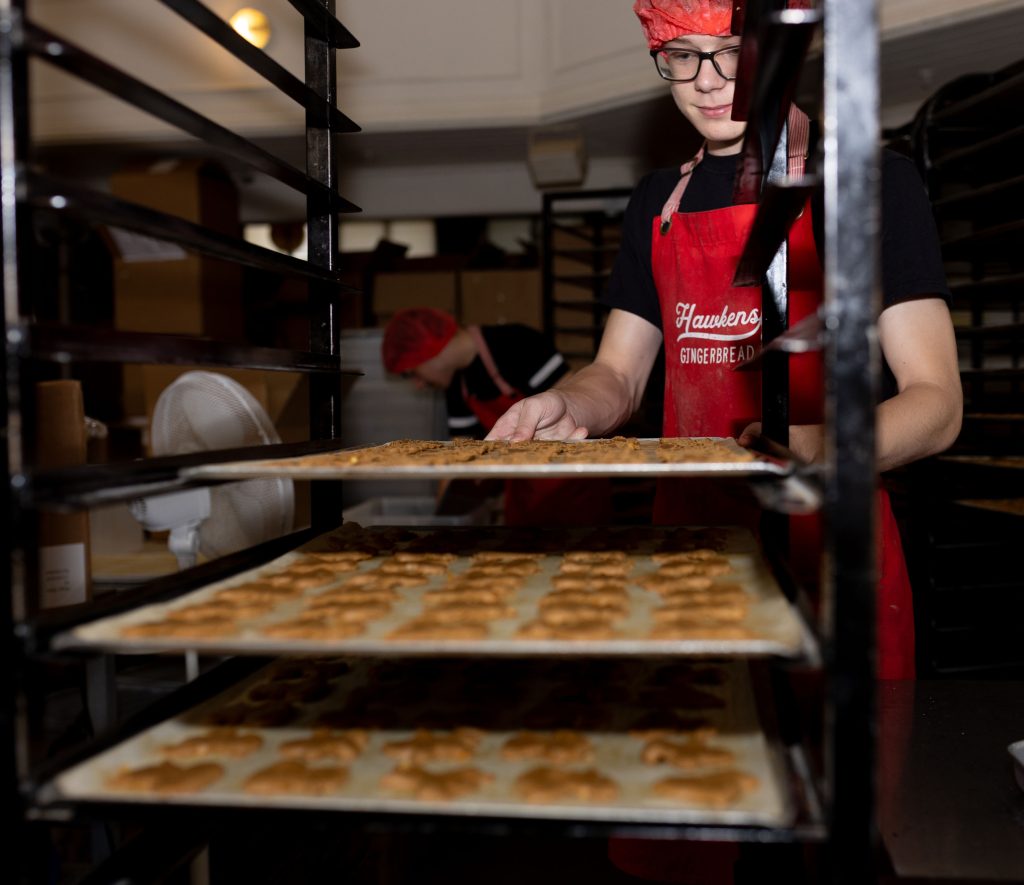
In 2023, the UK imported just under £50 million worth of ginger. And ginger, of course, is just one of many spices we consume in large quantities. The potential to disrupt this market is immense – and the benefits extend far beyond economics.
Sustainability, for example, is a key consideration. Simply transporting 26 tonnes of ginger to the UK generates approximately 38 tonnes of carbon from the sea voyage. That’s just for ginger, think about the combined footprint of all our spice imports. As climate impacts intensify, can we justify this footprint for ingredients we could grow domestically?
In addition, domestic spice production offers food security benefits. The government’s own national security strategy highlights pandemics, supply chain disruption, and climate change as threats requiring better resilience. The NFU rightly urges for the production of more food domestically to reduce import dependency. While the likes of ginger may be argued to be non-essentials, imagine the disruption if key spices vanished from shelves due to external events beyond our control.
Then there’s a critical health angle. Official data has revealed contaminants, like excessive metals and lead, in ginger imported from China – often linked to fertilisers used there. UK-controlled, hydroponic cultivation offers a cleaner and more transparent alternative.
For these reasons, and more, consumer demand for domestically produced food is surging. This translates directly into a substantial, ready market for British-grown spices. We, in turn, are proving that it’s possible to meet this demand.
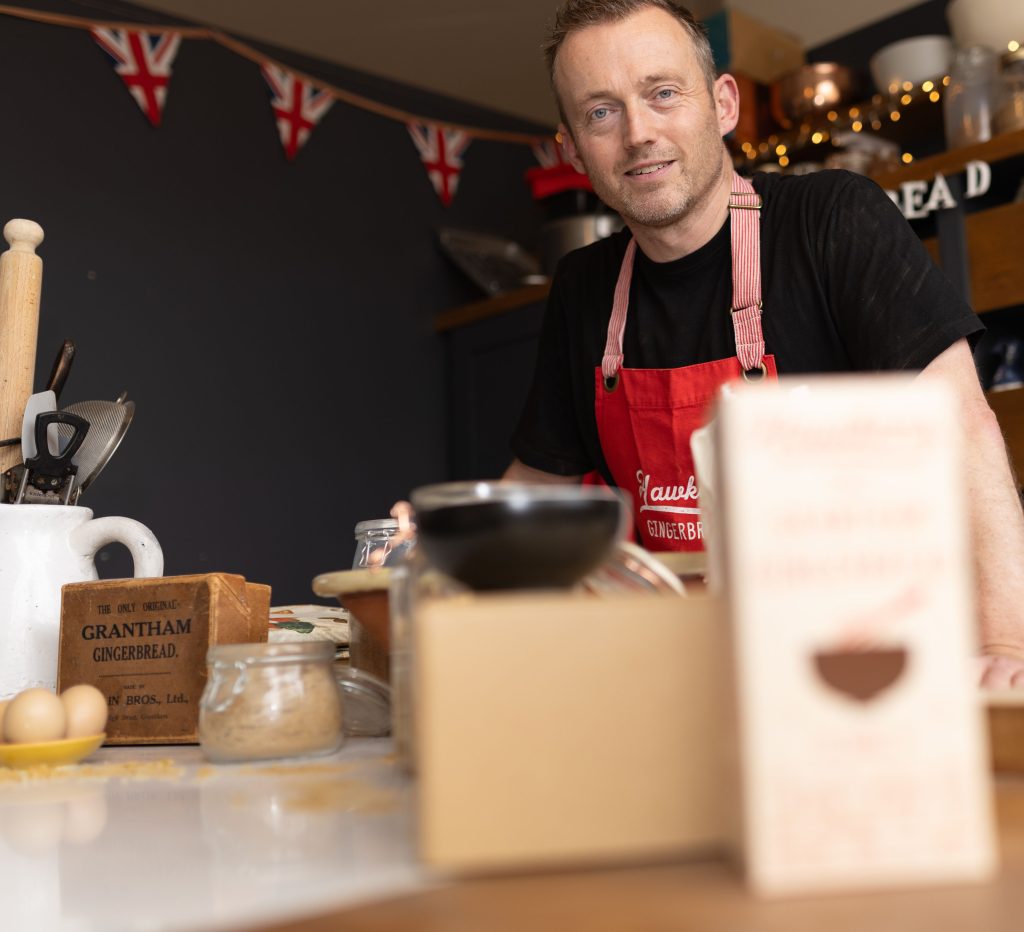
Looking beyond ginger
And ginger is just the beginning of the journey. If we prove the model with our crop this year, we’ll leverage the methodology to look at unlocking other spices – starting with turmeric, a fellow rhizome from the same botanical family.
But the truly transformative opportunity goes deeper still. We’re also currently exploring how native UK plants could offer sustainable flavour alternatives to exotic imports. Take wood aven (or herb bennet). Currently overlooked, its root contains eugenol – the very compound that gives cloves their distinctive heat. We’re already cultivating it in our polytunnel.
In fact, we’re collaborating with flavour profiling experts to systematically identify UK-native plants that match common spice profiles. There are potentially 50-60 native species capable of replicating exotic flavours. Magnolia leaves, for instance, can mimic cinnamon; cow parsley seeds carry notes of orange and cardamom.
It’s likely we lost a lot of this knowledge as global trade flooded Britain with spices centuries ago and our ancestors stopped using these local flavour enhancing ingredients. So, we’re embarking on a rediscovery of lost knowledge.
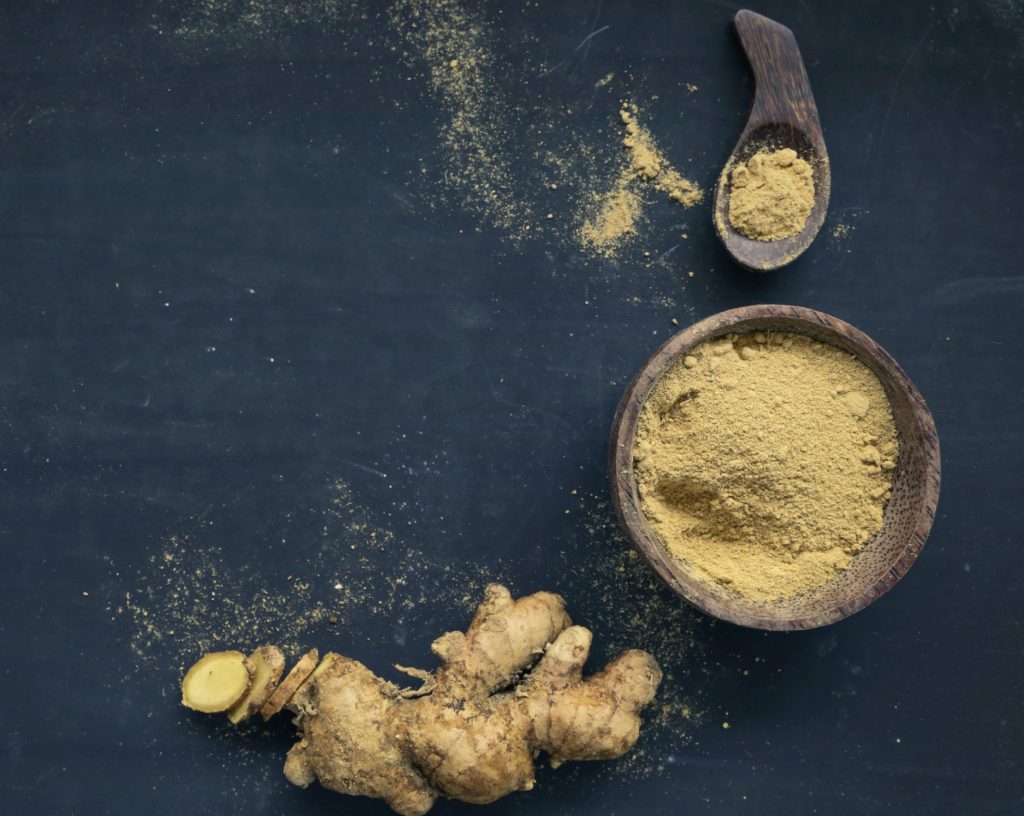
Developing the knowledge to succeed
The journey has taught me some important wider lessons too, perhaps most importantly that sustainable business growth often benefits from taking a step back to think about longer-term business strategy. As business leaders we’re all so busy spinning plates, but taking the time to network with experts and fellow business leaders is invaluable.
For example, without the external perspective and knowledge I gained from the Help to Grow: Management Course, I doubt I’d have possessed the courage to take on the established spice imports market.
The frameworks and support offered by the course were central to helping me secure our recent deal with TJX too. They gave me the confidence and strategic mindset needed to negotiate the myriad requirements around currency fluctuations, tariffs, complex logistics, international logistics and diverse regulations.
That deal was a major process and required us to gain FDA registration and appoint a US food agent. It was worth it, however. Our FDA compliance and US-ready packaging unlocks doors to further new American distributors, while we also now have a tested roadmap for exploring expansion into the likes of Dubai, Bahrain and other markets hungry for premium British goods.
So, what’s next? I believe I’ve firmly evolved beyond baker into ‘agri-preneur’. My ultimate success metric is creating a hyper-local, self-sufficient supply chain right here in Lincolnshire, producing a range of entirely British-made products infused with homegrown spices and native flavour profiles – all destined for global shelves. I’m certain it’s possible.
Ironically, the deepest validation would, in time, be seeing other companies take inspiration from this model. While competitive, we have first advantage in a market we’re creating. Seeing somebody else replicate our model would confirm we’ve achieved the core mission of proving UK spice production can and should be done.





